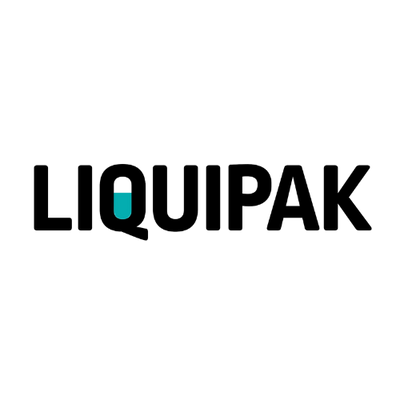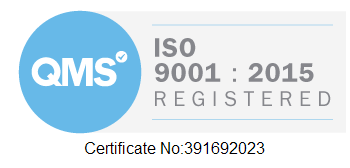Hidden Havens for germs: 3 Household Items You're Probably Not Cleaning Enough

A clean and well-maintained home not only contributes to a pleasant living environment but also ensures the longevity and efficiency of your household appliances. In this blog post, we'll delve into some practical cleaning tips for often overlooked areas in your home, such as Radiators, Bathroom fittings and Windows. Following these steps will lead to a more cost-effective and eco-friendly living space this winter.
Radiators: they play a pivotal part in any household, but how often do you clean yours? Experts advise cleaning your radiators AT LEAST once a year, this will not only improve the efficiency of the fixture but will also extend its lifespan.
- Gather your cleaning equipment: Before you begin, gather the necessary supplies: two buckets of water (one soapy, one plain), a soft sponge and dish towel
- Exterior Cleaning: Gently wipe down the exterior of the radiator with a damp, soapy sponge. This initial step removes surface level dust and grime.
- Rinse and remove: Use the bucket of plain water to go over the surface a second time, ensuring all soap bubbles are removed. This thorough rinse ensures a soap free finish.
- Dry the exterior: Using a dry cloth/ dishtowel, dry the exterior of the radiator to prevent rusting.
- Floss between the gaps: Dip your dishcloth into the soapy water, rinse it thoroughly and use it to floss between the gaps in the radiator. Repeat this process after rinsing the cloth in clear water.
- Additional steps: To give your home a delightful, fresh aroma consider using Liquipak’s Pine or Lemon Cleaner to create your soapy water, this will leave an amazing fragrance lingering around your home when the radiators are turned on. This trick can be especially beneficial for pet owners.
Windows: your windows are not just a way to enjoy the view, they are also a vital component of your home’s protection and aesthetics. Over time, windows can accumulate dirt and debris, which if left unattended to can cause damage to the glass and surrounding frame. Acid rain can be a silent threat to your home and windows, it slowly erodes the glass which can cause long term structural damage.
- Timing is key: Avoid cleaning in extremely cold temperatures or when it’s forecasted to rain. Icy conditions can make cleaning the surface challenging and the rain can quickly undo your hard work
-
Preparation matters: Before you start cleaning, gather all the necessary equipment and give the window fixtures and borders a good wipe down. This step is essential to remove loose debris and built-up grime. Also, consider the temperature of the w
 ater you use, as hot water on cold glass may cause it to crack
ater you use, as hot water on cold glass may cause it to crack
- The cleaning process: Use a suitable glass cleaning solution. Liquipak’s glass cleaner, which comes with a trigger spray for easy coverage, is an excellent choice. Spray the solution onto the surface and allow it to work for approximately 30 seconds. Then, using a microfiber cloth, gently remove any dirt or product residue to reveal a sparkling finish. If you're concerned about cold temperatures outside, consider using Liquipak’s Winter Screen Wash. While designed for motor vehicles, it works equally well on glass and can be a more reliable option in colder weather.
- A sparkling finish: For that perfect streak-free finish, use a piece of kitchen roll to remove any streaks left behind. This final touch will leave your windows looking crystal clear
Bathroom fixtures: Limescale can affect a wide range of household appliances, from taps to dishwashers, but one of the most noticeable impacts is on your shower head. As limescale builds up on fixtures such as taps and showerheads the openings narrow, restricting water flow and ultimately leading to reduced water pressure. If left untreated, this will soon become a daily annoyance.
- Toilets: Combine equal amounts of lemon juice and white vinegar in the toilet bowl, allowing it to sit for a minimum of one hour before using a toilet brush to scrub. For more stubborn scale deposits, it's advised to leave the solution overnight, giving the acids more time to penetrate and dissolve the tough deposits.
- Shower head: Grab a plastic bag that can easily accommodate your showerhead, and fill it halfway with vinegar. Position the bag over the showerhead so that it covers the entire head until fully submerged in the vinegar. Use string or an elastic band to secure it in place. Allow the showerhead to soak in the vinegar for a minimum of 30 minutes, ideally up to an hour. If your showerhead is made of brass, ensure not to exceed the 30-minute soaking time. After the soaking period, turn on the shower to flush out any remaining deposits hidden inside.
- Taps: Combine equal amounts of white vinegar and water. Immerse your cleaning cloth into this mixture. Place the soaked cloth over the faucet and let the vinegar work its magic for at least 30 minutes. After soaking, use the cloth to gently scrub the limescale build-up, then rinse away
In conclusion, maintaining a clean and well-kept home goes beyond just aesthetics - it's essential for the efficiency and longevity of your household items. By implementing these cleaning strategies and using the right cleaning products, you can create a more pleasant and environmentally friendly living space. A well-maintained home not only looks better but also functions better but makes your home a more comfortable place for you and your family.
0 comments





